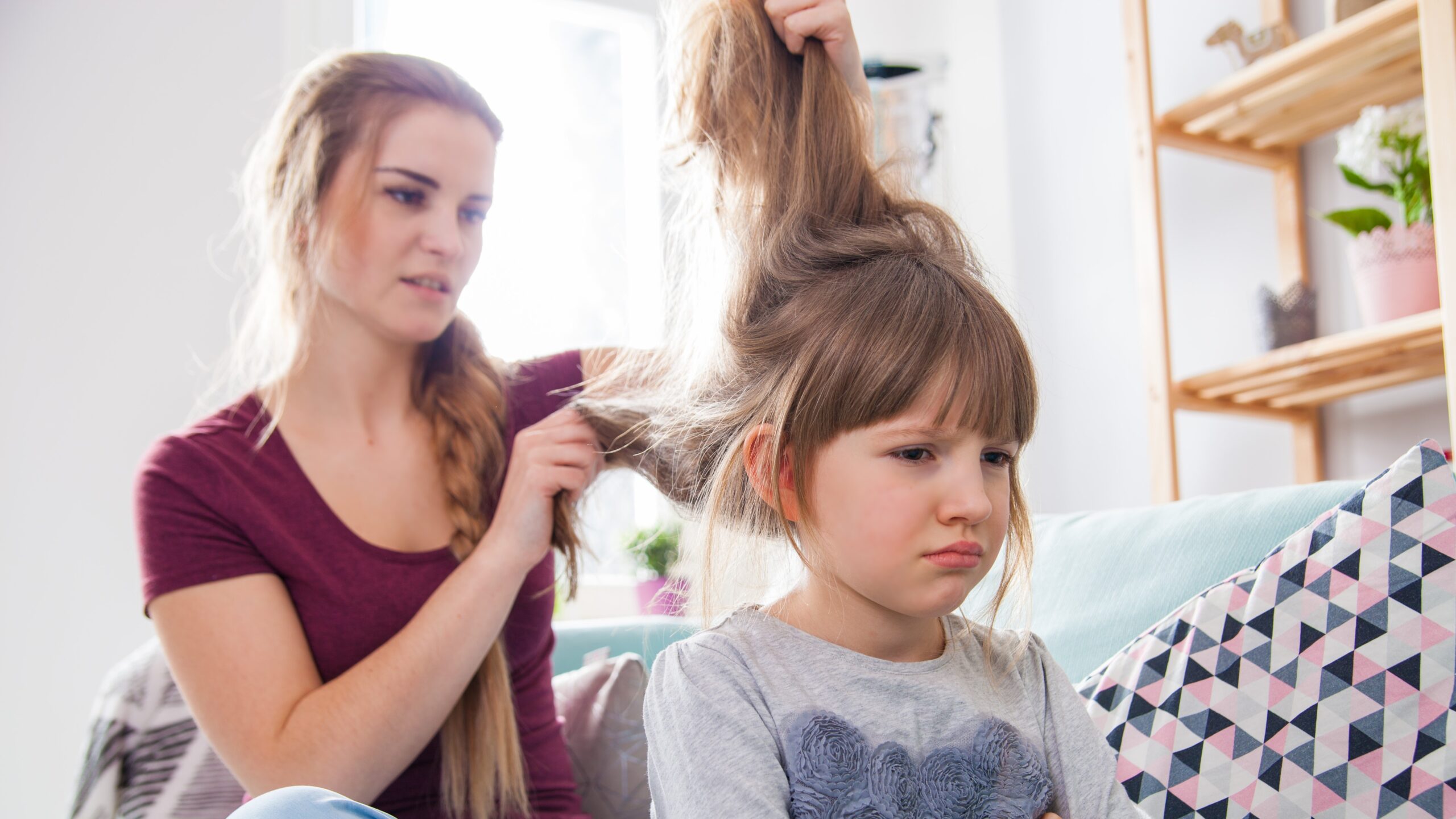
September marks Head Lice Awareness Month, a time dedicated to shedding light on a common yet often misunderstood problem affecting people of all ages. Head lice, tiny parasitic insects that thrive on the scalp and hair, can cause itching, discomfort, and embarrassment. This month aims to educate individuals about the causes, prevention, and effective treatment options for head lice infestations.
How Head Lice Spreads
Head lice infestations are commonly found among children aged 3 to 11, but anyone can get them. These insects spread through direct head-to-head contact, which can occur during playtime, sleepovers, or close interactions. Contrary to popular belief, head lice do not jump or fly; they crawl from one person’s hair to another’s. Sharing personal items like hats, combs, or headphones can also facilitate transmission. According to the Centers for Disease Control, “Head lice survive less than 1–2 days if they fall off a person and cannot feed; nits cannot hatch and usually die within a week if they are not kept at the same temperature as that found close to the scalp.”

Prevention Tips
Getting Rid of Head Lice
If head lice do manage to find a home on your scalp, do not panic. Effective treatment involves patience and diligence:
Head Lice Awareness Month serves as a timely reminder of the importance of vigilance and proper education when it comes to preventing and treating head lice infestations. Understanding how head lice spread, taking preventative measures, and following effective treatment protocols can protect ourselves and our loved ones from the discomfort and inconvenience associated with these tiny yet persistent pests.
Copyright © 2025 All Rights Reserved by AFSPA.